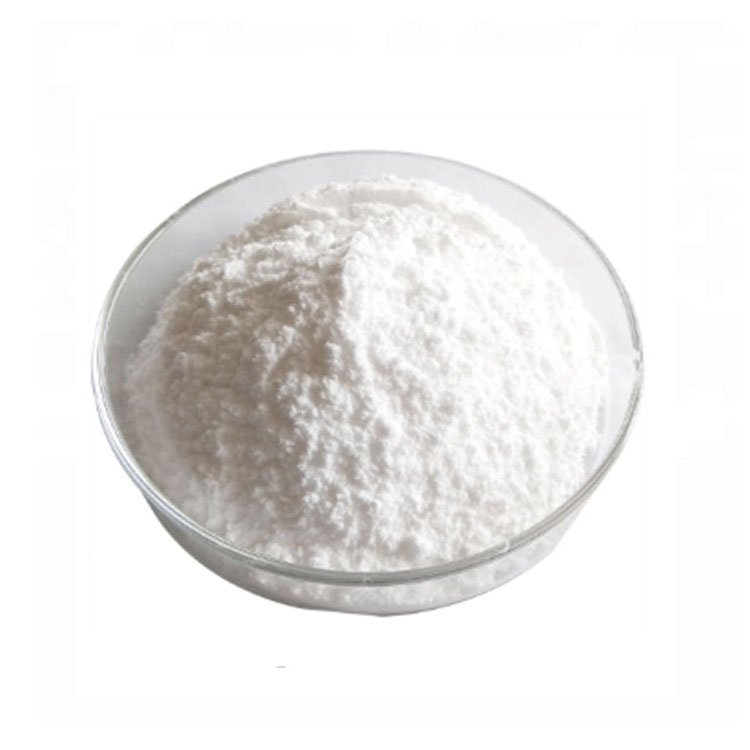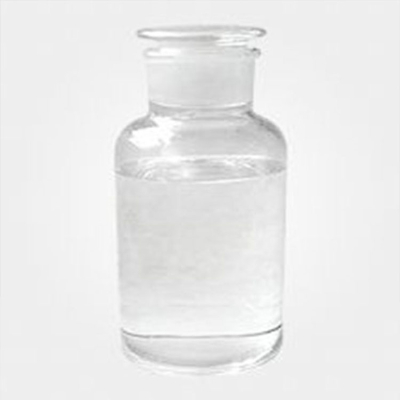Representative drugs: chloramphenicol, thiamphenicol
Antibacterial Spectrum: Similar to Tetracycline.
Uses: Chloramphenicol can be used to treat severe infections such as typhoid fever, paratyphoid fever, and influenza bacillary meningitis caused by sensitive bacteria; it can be used locally to treat trachoma, conjunctivitis, and superficial ear infections. Thiamphenicol is mainly used clinically to treat typhoid, paratyphoid and other Salmonella infections.
Antibacterial range
Chloramphenicol has broad-spectrum antibacterial effect. Among aerobic gram-positive bacteria, they are sensitive to Streptococcus viridis, Diphtheria, Bacillus anthracis, Staphylococcus aureus, Streptococcus haemolyticus and Streptococcus pneumoniae, but relatively insensitive to Group D Streptococcus; Among aerobic gram-negative bacteria, it has good antibacterial effect on influenza bacteria, Shigella, pertussis, gonococcus and meningococcus, and is also sensitive to Salmonella, Escherichia coli, Proteus mirabilis, Vibrio cholerae, while it is not very sensitive to Serratia marcescens, Enterobacter and Klebsiella pneumoniae. Many anaerobic bacteria, including enterococcus, streptococcus, clostridium perfringens, clostridium, and bacteroides fragilis, can be inhibited by them. In addition, it is effective against most of rickettsia, chlamydia and mycoplasts, but has no inhibitory effect on Pseudomonas aeruginosa, indole-positive Proteus, tuberculosis, fungi, viruses and protozoa. After long-term clinical application of chloramphenicol, various kinds of bacteria can develop resistance to it to varying degrees, but the degree of resistance varies from place to time. The main mechanism of drug resistance is that the plasmid with drug resistance genetic gene in the bacteria mediates the production of chloramphenicol acetyltransferase, which acetylates the 3-hydroxy position of the propylene glycol gene in chloramphenicol. Therefore, chloramphenicol cannot bind with the 50S subunit of the bacterial ribosome and lose its activity. This drug resistance genetic gene can also be transferred to sensitive bacteria of the same or different genera through combination or translocation to make them become drug resistant bacteria. However, the strains that have acquired drug resistance can disappear and become sensitive bacteria again after stopping the drug for a period of time.





